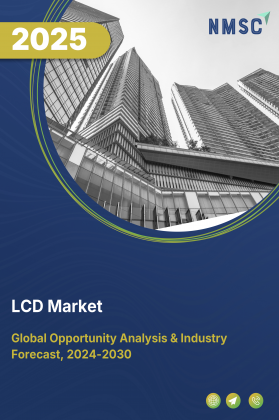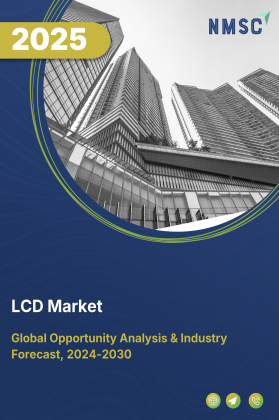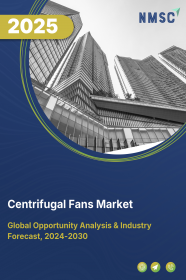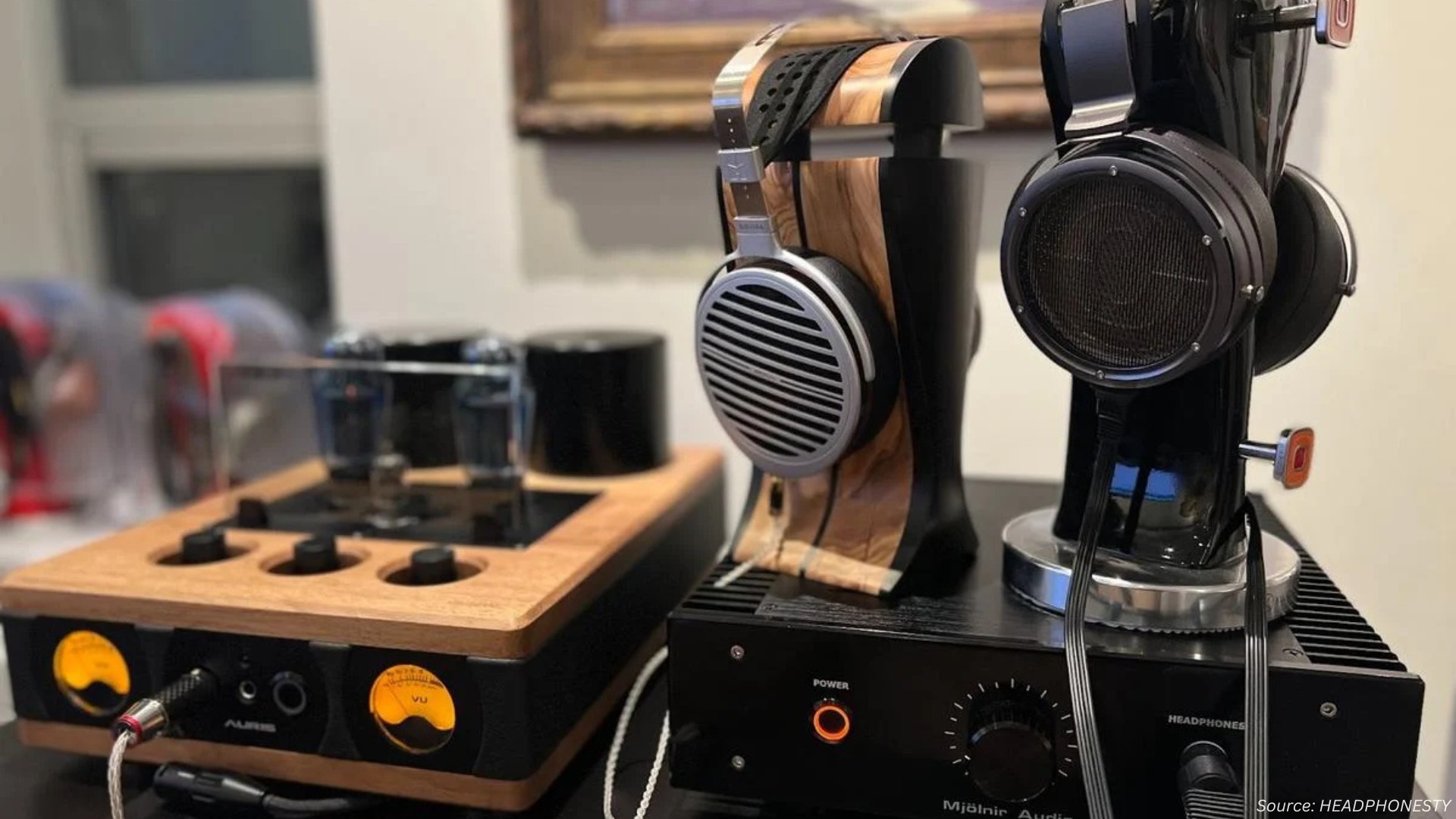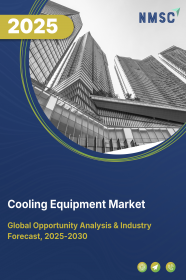
Cooling Equipment Market by Type (Evaporate Coolers, Air Conditioner, Refrigeration Units, Chillers, Cooling Towers, and Others), by Technology (Air Cooling, Liquid Cooling, and Phase Change Cooling), by Cooling Capacity (Small-Scale Cooling Systems, Medium-Scale Cooling Systems, and Large-Scale Cooling Systems), by Sales Channel (Online Retailers, Distributor & Dealer Sales), and by End Users (Commercial, Residential, and Industrial)– Global Opportunity Analysis and Industry Forecast 2025-2030
Cooling Equipment Industry Overview
The global Cooling Equipment Market size was valued at USD XYZ billion in 2024, and is expected to be valued at USD XYZ billion by the end of 2025. The industry is projected to grow further, hitting USD XYZ billion by 2030, with a CAGR of XY% between 2025 and 2030.
The market is experiencing robust growth, driven by the rising demand for data center cooling, stringent environmental regulations, and the need for precise industrial cooling. However, high initial costs and integration complexities pose significant challenges to market expansion. Despite these restraints, advancements in scalable and modular cooling solutions offer substantial opportunities for innovative market trends, particularly in data centers and industrial sectors. Leading players such as Nidec Corporation, Nu-Vu Conair Pvt. Ltd., and Daikin Industries are leveraging product launches and strategic investments to maintain their market dominance, fostering sustainability and efficiency.
Rising Demand for Data Center and AI Cooling Drives Market Growth
The rapid expansion of data centers and the increasing computational demands of artificial intelligence (AI) are significantly driving the cooling equipment market trends. As digitalization accelerates, data centers are growing in size and number to manage vast data volumes, while AI workloads require high-density processors that generate substantial heat. Traditional air-based cooling systems are often inadequate, prompting a shift toward advanced liquid cooling solutions. For instance, Nidec Corporation is expanding its production of liquid cooling equipment for AI servers to address the intense heat from Nvidia chips. Collaborative efforts, such as Fujitsu, Supermicro, and Nidec’s initiative to develop energy-efficient liquid cooling services, aim to improve power usage effectiveness (PUE) in data centers. These advancements align with market trends toward efficient thermal management, fueling market growth.
Stringent Environmental Regulations Fuel Market Demand
Growing emphasis on sustainability and environmental regulations is accelerating demand for energy-efficient industrial cooling systems. The United Nations Environment Programme (UNEP) highlights that sustainable cooling measures could reduce predicted 2050 greenhouse gas emissions by 60%. This push for eco-friendly solutions drives the adoption of high-efficiency chillers and systems using low-impact refrigerants like R410a and R134a. Nu-Vu Conair Pvt. Ltd., for example, offers eco-friendly chillers and adiabatic cooling towers that save water compared to conventional models, aligning with market trends toward greener operations and boosting market growth.
Need for Precise Process Cooling Propels Market Expansion
The increasing demand for precise process cooling across diverse industries, including pharmaceuticals, chemicals, and hospitality, is a significant driver of the cooling equipment market growth. Maintaining specific temperatures is essential for production efficiency, product quality, and safety. For example, in the chemical industry, reliable cooling systems enhance process safety and product quality, while in hospitality, chillers cool pool water and seawater for acclimatization.
Companies such as Cooltech Equipments provide specialized cooling towers for industrial applications, meeting the needs of sectors like manufacturing and agriculture. Additionally, advanced technologies, such as laser cooling units for telecommunications and medical applications, underscore the growing demand for tailored cooling solutions, driving market growth across multiple industries.
High Initial Costs Hinder Market Growth
The high upfront costs of advanced cooling technologies, such as liquid cooling systems, remain a significant barrier to market growth. While these systems offer long-term savings through energy efficiency, the initial expenses for specialized equipment, plumbing, and installation deter small and medium-sized enterprises. For instance, implementing liquid cooling in data centers requires substantial investment in infrastructure upgrades, limiting adoption in cost-sensitive markets and restraining broader market demand for innovative cooling solutions.
Development of Scalable and Modular Cooling Solutions Creates Growth Opportunities
The development of scalable and modular cooling solutions presents significant opportunities for the industry. Modular designs address these challenges by allowing incremental adoption, reducing upfront investment and simplifying integration with existing infrastructure. For example, Nidec’s self-contained liquid cooling units, designed to cool multiple server racks, offer scalability and ease of deployment in data centers. Similarly, Vertiv’s Cool Phase Flex, which supports both air and liquid cooling, provides flexible solutions for evolving needs. These innovations attract investments, streamline adoption, and drive market trends toward sustainable and accessible cooling technologies, positioning the market for robust growth.
Market Segmentation and Scope of the Study
The cooling equipment market report is segmented on the basis of type, technology, cooling capacity, sales channel, end users, and region. On the basis of type, the market is divided into evaporate coolers, air conditioner, refrigeration units, chillers, cooling towers, fans and ventilation systems and others. On the basis of technology, the market is divided into air cooling, liquid cooling, and phase change cooling. Based on cooling capacity the market is bifurcated into small-scale cooling systems, medium-scale cooling systems, and large-scale cooling systems. On basis of sales channel the market is divided into online retailers, distributor & dealer sales. On the basis of end users, the market is divided into commercial, residential, and industrial. Regional breakdown and analysis of each of the aforesaid segments include regions comprising North America, Europe, Asia-Pacific, and RoW.
Geographical Analysis
North America holds a dominant market share of the cooling equipment market share, driven by the growth of data centers and AI applications. The region’s advanced technological infrastructure and high demand for liquid cooling solutions, such as those offered by companies like Vertiv and CoolIT Systems, support efficient thermal management for AI workloads. According to industry projections, U.S. data center electricity consumption is expected to double by 2030, increasing the need for innovative cooling systems. These developments align with market trends toward advanced cooling technologies, reinforcing North America’s leadership and boosting market growth.
The Asia-Pacific region is holding robust market share, fueled by the rapid expansion of colocation data centers and the increasing demands of artificial intelligence (AI). South Korea is positioning HVAC systems as a key export engine, addressing the heat generated by AI-driven data centers. Similarly, Singapore serves as a hub for testing energy-efficient cooling solutions designed for tropical climates, emphasizing sustainability. For instance, Singapore’s government supports initiatives to develop centralized chiller systems, reducing energy consumption in data centers. These efforts align with market trends toward efficient and eco-friendly cooling, driving significant market demand in the region.
In Europe, the cooling equipment sector is shaped by a strong focus on sustainability and environmental regulations. Data centers across the region are adopting energy-efficient cooling systems to minimize their environmental footprint, reflecting the European Union’s commitment to reducing greenhouse gas emissions. For example, companies are integrating low-global-warming-potential (GWP) refrigerants and advanced chillers to comply with stringent policies. This emphasis on greener technologies supports market trends toward sustainable cooling solutions, propelling market growth and enhancing Europe’s position in the global market.
The Rest of the World, encompassing diverse markets, is experiencing steady market growth through sustainability initiatives and industrial applications. In Nigeria and Ghana, the AGORA Product promotes energy-efficient cooling solutions, supporting the adoption of eco-friendly systems in developing economies. Companies like Nu-Vu Conair Pvt. Ltd., with a global presence, provide chillers and cooling towers for industries such as hospitality, where refrigeration systems are critical for applications like pool water cooling. These initiatives, combined with the growing demand for cooling equipment across manufacturing and agriculture, drive market trends toward versatile and sustainable solutions, contributing to global market expansion.
Key Innovations and Strategic Moves by Leading Players in the Global Cooling Equipment Market
The global cooling equipment industry is highly competitive, with leading players driving innovation in sustainable and efficient cooling solutions. These companies are adopting strategies such as product launches, business expansion, and partnerships to maintain market dominance. These efforts address rising demand and challenges like high initial costs, supporting market growth. Carrier Global Corporation leads with energy-efficient chillers, launching low-GWP refrigerant systems in 2024. Nidec Corporation scales liquid cooling for AI data centers, expanding production in 2024. Daikin Industries Ltd. advances eco-friendly cooling through partnerships, collaborating with Nikken Sekkei in 2021 for sustainable urban solutions. Vertiv launched a liquid cooling services portfolio in 2025 for AI applications, enhancing data center offerings. Voltas Ltd. introduced an energy-efficient HVAC lineup at ACREX 2024, targeting commercial sectors.
Modine Manufacturing Company’s Airedale brand launched a data center cooling controls system in 2024, optimizing thermal management. Stulz GmbH partnered with CoolIT Systems in 2024 for immersion cooling technologies. Copeland collaborated with HVAC leaders in 2025 to deliver cold-climate heat pumps, boosting efficiency. Despite integration complexities, these innovations drive market demand, aligning with sustainability and advanced cooling trends.
Key Benefits
-
The report provides quantitative analysis and estimations of the market from 2025 to 2030, which assists in identifying the prevailing market opportunities.
-
The study comprises a deep dive analysis of the market including the current and future trends to depict prevalent investment pockets in the market.
-
Information related to key drivers, restraints, and opportunities and their impact on the market is provided in the report.
-
Competitive analysis of the players, along with their market share is provided in the report.
-
SWOT analysis and Porters Five Forces model is elaborated in the study.
-
Value chain analysis in the market study provides a clear picture of roles of stakeholders.
Cooling Equipment Market Key Segments
By Type
-
Evaporative Coolers
-
Air Conditioners
-
Refrigeration Units
-
Chillers
-
Cooling Towers
-
Fans & Ventilation Systems
-
Others
By Technology
-
Air Cooling
-
Liquid Cooling
-
Phase Change Cooling
By Cooling Capacity
-
Small-Scale Cooling Systems
-
Medium-Scale Cooling Systems
-
Large-Scale Cooling Systems
By Sales Channel
-
Online Retailers
-
Distributor & Dealer Sales
By End Users
-
Commercial
-
Residential
-
Industrial
By Region
-
North America
-
The U.S.
-
Canada
-
Mexico
-
-
Europe
-
The UK
-
Germany
-
France
-
Italy
-
Spain
-
Denmark
-
Netherlands
-
Finland
-
Sweden
-
Norway
-
Russia
-
Rest of Europe
-
-
Asia Pacific
-
China
-
Japan
-
India
-
South Korea
-
Australia
-
Indonesia
-
Singapore
-
Taiwan
-
Thailand
-
Rest of Asia Pacific
-
-
RoW
-
Latin America
-
Middle East
-
Africa
-
Key Players
-
Carrier Global Corporation
-
ThermalWorks
-
Johnson Controls International plc
-
Hitachi, Ltd.
-
Schneider Electric
-
Daikin Industries Ltd.
-
LG Electronics
-
Mitsubishi Electric Corporation
-
Nidec Corporation
-
DENSO Corporation
-
Trane Technologies
-
Samsung Electronics Co., Ltd.
-
Midea
-
AB Electrolux
-
Baltimore Aircoil Company, Inc.
REPORT SCOPE AND SEGMENTATION:
|
Parameters |
Details |
|
Market Size in 2024 |
USD XYZ Billion |
|
Revenue Forecast in 2030 |
USD XYZ Billion |
|
Growth Rate |
CAGR of XY% from 2025 to 2030 |
|
Analysis Period |
2024–2030 |
|
Base Year Considered |
2024 |
|
Forecast Period |
2025–2030 |
|
Market Size Estimation |
Billion (USD) |
|
Growth Factors |
|
|
Countries Covered |
28 |
|
Companies Profiled |
15 |
|
Market Share |
Available for 10 companies |
|
Customization Scope |
Free customization (equivalent up to 80 working hours of analysts) after purchase. Addition or alteration to country, regional, and segment scope. |
|
Pricing and Purchase Options |
Avail customized purchase options to meet your exact research needs. |




















 Speak to Our Analyst
Speak to Our Analyst



